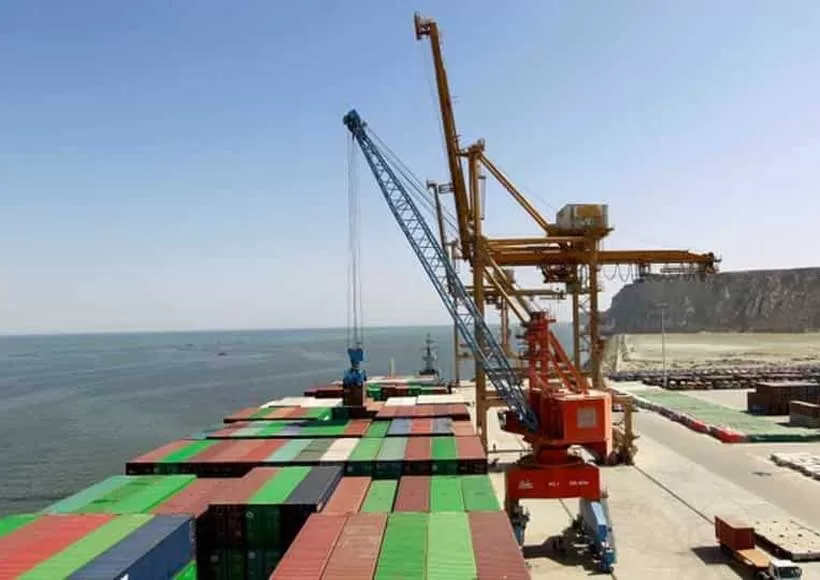China is the second-largest economy, a major economic powerhouse, and a dominant player in international trade contributing substantially to global economic growth. The Asian economic giant has established trade links with over 120 states of the world. China and Pakistan enjoy strategic mutual trust and eager to accelerate the formation of an eternal Pak-China community with a shared future. Both have become the epitome of an ironclad friendship. China has showcased its commitment to provide unwavering support to Pakistan for the implementation of the ongoing projects under the China Pakistan Economic Corridor (CPEC). Due to the prevalent economic situation, Pakistan should emulate the Chinese economic model to fully realise the potential of cooperation on CPEC in transforming its economic landscape and developing an inclusive economy.
CPEC is one of the flagship projects connecting Gwadar, Baluchistan (Pakistan) to the Xinjiang region (China) through a network of pipelines, roads, and railways. It a multi-billion dollar project which aims to convert the Gwadar port into a major economic hub to enhance trade, connectivity, and infrastructure development particularly in the province of Baluchistan. Moreover, CPEC has the potential to boost the Gross Domestic Product (GDP) of Pakistan to 6.4 %, lift approximately 1.1 million people out of extreme poverty, and foster the creation of around 4 million employment opportunities. However, under the disconsolate scenario, CPEC has faced multifaceted challenges due to political squabble, economic stagnation, insufficient export growth, and security threats. The killing of Chinese workers in the terrorist attacks in Pakistan has further added fuel to the fire.
However, Pakistan has shown a willingness to deploy strong security forces to protect Chinese workers and projects. Both states are committed to fight all forms of terrorism with a zero tolerance policy. Henceforth, both are determined to put the second phase on a fast track which demonstrates that neither terrorism nor conspiracies can indent the trust and brotherhood between China and Pakistan. CPEC has been divided into three phases. The first phase has been completed, the second phase is in process, and the third phase is expected to complete in 2030. Under the second phase, both states have decided to forge multiple corridors which will be primarily focusing on innovation, improved living standards, green development, regional connectivity, and economic prosperity. As compare to the phase one, phase two is 36 times larger in magnitude with nearly 27 new projects and nine Special Economic Zones (SEZs); two at federal level and seven at provincial level. The SEZs can play a crucial role in boosting industrial growth and trade activities which can help in attracting Foreign Direct Investments (FDI) into the country.
Pakistan’s economy stands at critical crossroads due to multifarious issues. But the second phase offers optimism for the recovery of economy through collaboration into multiple areas including industrialization, agriculture development, and rural revitalization etc. The country should focus on encouraging its exports, reducing inefficient import-substitution sectors, minimizing supply chain disruptions, and creating Special Economic Zones (SEZs). It should also invest in liberalizing markets, workforce training, and modernizing the trade missions. Without such reforms, Pakistan will not be able to fully profit from the trade opportunities brought about by CPEC.
Pakistan’s ruling elites can learn fundamental lessons from China by adopting the Chinese economic model of growth for the benefit of Pakistan. The relevant stakeholders must evaluate how to enhance the second phase efficacy for mutual benefit as both nations have a vested interest in maintaining the long-term financial stability of CPEC. To wrap up, Pakistan should give a top priority to comprehensive economic reforms and learn from the economic practices of China. While barriers stand in way, attracting new Chinese investments and focusing on the second phase of CPEC can play a crucial role in getting Pakistan out of its dire financial crises.
